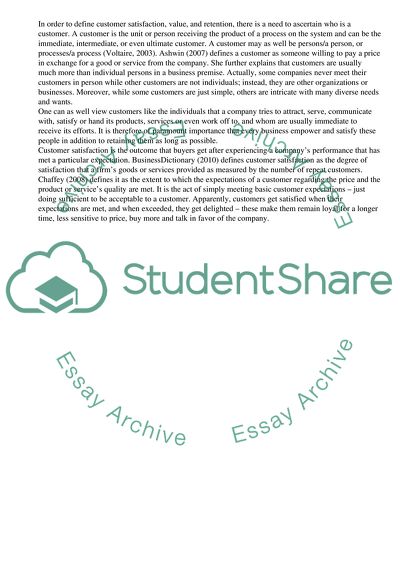Cite this document
(Building Customer Satisfaction, Value and Retention Research Paper, n.d.)
Building Customer Satisfaction, Value and Retention Research Paper. Retrieved from https://studentshare.org/management/1742841-how-to-build-customer-satisfaction-value-and-retention
Building Customer Satisfaction, Value and Retention Research Paper. Retrieved from https://studentshare.org/management/1742841-how-to-build-customer-satisfaction-value-and-retention
(Building Customer Satisfaction, Value and Retention Research Paper)
Building Customer Satisfaction, Value and Retention Research Paper. https://studentshare.org/management/1742841-how-to-build-customer-satisfaction-value-and-retention.
Building Customer Satisfaction, Value and Retention Research Paper. https://studentshare.org/management/1742841-how-to-build-customer-satisfaction-value-and-retention.
“Building Customer Satisfaction, Value and Retention Research Paper”, n.d. https://studentshare.org/management/1742841-how-to-build-customer-satisfaction-value-and-retention.


